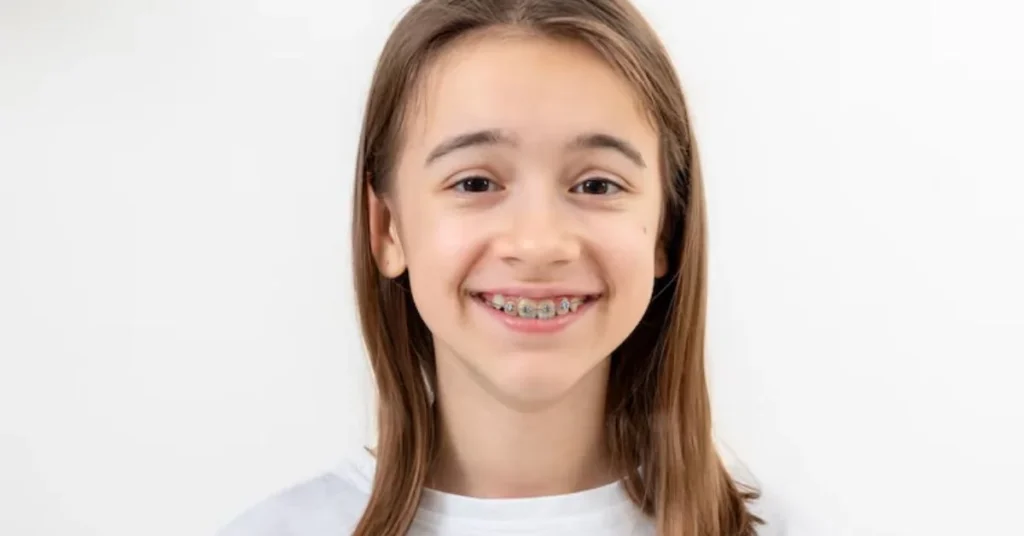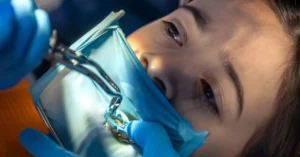The decision to get braces—whether for yourself or a loved one—is a significant milestone. For many, it is as much an emotional and aesthetic journey as it is a medical one. “Braces before and after” doesn’t just describe a change in appearance; it encapsulates months or even years of commitment, discomfort, anticipation, and ultimately, transformation. In this detailed guide, we walk through everything you need to know—from the initial consultation to the removal of your braces and the long-term results you can expect.
Understanding the Importance of the Braces Journey
Orthodontic treatment is not just about achieving a picture-perfect smile. Braces correct a range of dental issues including crowding, misalignment, bite problems (like overbites and underbites), and gaps. Left untreated, these conditions can contribute to more serious oral health problems down the road, including jaw pain, gum disease, tooth decay, and even speech difficulties.
The journey of braces before and after offers a powerful example of how orthodontics can dramatically improve both function and aesthetics. And it’s this dual benefit—better health and boosted confidence—that makes the journey so worthwhile.
The “Before” Phase: Preparation, Evaluation, and Expectation Setting
Initial Consultation and Examination
Before getting braces, you’ll undergo a thorough dental and orthodontic evaluation. This typically includes:
- A full mouth X-ray
- Photographs of your face and teeth
- Impressions or 3D scans of your bite
- A conversation about your concerns, expectations, and treatment goals
These steps allow the orthodontist to create a custom treatment plan tailored to your needs.
Pre-Braces Dental Work
Sometimes, patients need preliminary dental work before braces can be applied. This might include:
- Removal of wisdom teeth
- Deep cleaning
- Cavity fillings
- Resolving any gum disease
A healthy foundation is crucial before initiating orthodontic treatment.
Psychological and Lifestyle Preparation
The “before” stage also involves mental preparation. Braces can be a challenge, especially for teenagers. Being aware of the potential discomfort, dietary restrictions, and changes in oral hygiene routine can make the process less daunting. Modern innovations like clear aligners or ceramic brackets offer more aesthetic options, reducing anxiety for many.

Getting Braces On: What to Expect on Day One
The application of braces is painless, but the experience can feel strange. The orthodontist will:
- Clean and dry your teeth
- Apply bonding glue to attach brackets
- Position the archwire and secure it with rubber bands or clips
The process takes about 1–2 hours. There’s no drilling or invasive work, just a fair amount of sitting still.
Living with Braces: What Happens During Treatment
Initial Discomfort and Adaptation
The first week after getting braces can be uncomfortable. You might experience:
- Soreness in the teeth and gums
- Minor cuts on the inside of cheeks or lips
- A lisp or speech changes
Orthodontists usually recommend over-the-counter pain relief, orthodontic wax, and soft foods.
Monthly Adjustments and Check-ins
You’ll return every 4–6 weeks for tightening or adjusting your braces. These appointments are crucial to keep the treatment on track and make micro-corrections.
Dietary Changes
Say goodbye to hard, sticky, or chewy foods. These can damage brackets and prolong treatment time. You’ll need to modify your diet to include:
- Soft fruits and vegetables
- Dairy products like yogurt and cheese
- Lean meats and soft grains
Oral Hygiene
Braces require meticulous oral care:
- Brushing after every meal
- Using floss threaders or water flossers
- Rinsing with fluoride mouthwash
Neglect can lead to decalcification (white spots), cavities, or gum issues.
Mid-Treatment Progress: Visual and Structural Changes
Around the 6- to 9-month mark, noticeable changes begin. Teeth that were once crowded or crooked start to align. Gaps close, and bite issues slowly resolve. For many, this is a motivating point—they can finally see the payoff.
This stage may also involve more complex interventions, such as:
- Rubber bands to adjust bite
- Coil springs to open spaces
- Temporary anchorage devices (TADs) for resistant teeth
Mid-treatment is a time of transformation and continued diligence.

The “After” Phase: Removal and Retention
Braces Removal Day
After an average treatment time of 18 to 24 months, the big day arrives. The removal process takes about an hour and is pain-free. The orthodontist will:
- Gently remove brackets and wires
- Clean residual adhesive
- Take new impressions for retainers
Post-Braces Appearance and Feeling
Expect your teeth to feel:
- Smooth and exposed
- Possibly sensitive
- Unbelievably straight
You’ll probably spend a lot of time smiling in the mirror—and rightly so.
Retainers: The Unsung Hero of Orthodontics
Retainers are essential to prevent teeth from shifting back. There are two types:
- Removable Retainers (clear or Hawley-style)
- Permanent Retainers (a wire bonded behind the teeth)
You’ll likely wear your retainer full-time for a few months, then transition to night-only wear indefinitely.
Long-Term Maintenance: Braces Before and After
A common misconception is that once braces are off, the journey is over. But teeth can move throughout life, especially under pressure from:
- Wisdom teeth
- Aging
- Teeth grinding (bruxism)
Regular dental check-ups, wearing your retainer, and good oral hygiene will protect your investment.
Braces Before and After: Real Transformations
The visual impact of braces can be extraordinary. For someone who had severe crowding, protrusion, or bite issues, the difference is night and day. Here’s what tends to change:
| Feature | Before Braces | After Braces |
| Alignment | Crooked, misaligned teeth | Straight, evenly spaced teeth |
| Bite | Overbite, underbite, crossbite | Corrected bite |
| Smile Aesthetics | Uneven smile, gaps, visible flaws | Balanced, symmetrical, confident smile |
| Jaw Function | Difficulty chewing or jaw pain | Improved function, less strain |
These changes can boost not just physical health, but also self-esteem, career prospects, and social confidence.
Emerging Trends: Braces Before and After
Clear Aligners and Invisible Braces
Invisalign and similar brands have transformed the orthodontic landscape. They’re nearly invisible, removable, and often more comfortable—but not suitable for all cases.
AI and 3D Imaging
Modern orthodontics leverages artificial intelligence and 3D scans to map out treatments more precisely. This leads to faster, more efficient results.
Accelerated Orthodontics
New techniques using vibration, micro-osteoperforation, or even light therapy can speed up tooth movement, shortening treatment times by months.
Adult Orthodontics
It’s increasingly common for adults in their 30s, 40s, and even 60s to get braces or clear aligners. Modern solutions cater to professional lifestyles and aesthetics.
Conclusion: Braces Before and After—A Life-Changing Investment
The journey of braces before and after is one of transformation, both physically and emotionally. It’s about more than just straight teeth—it’s a proactive investment in health, confidence, and quality of life. With advancements in technology and aesthetics, orthodontic treatment is now more accessible and tailored than ever.
If you’re considering braces, know this: the process demands patience and diligence, but the payoff is well worth the wait. The “after” is not just a new smile—it’s a new you.
FAQs: Braces Before and After
1. How long do braces take to show results?
Most people start seeing visible changes within 6 months, though total treatment time averages 18–24 months.
2. Is there an ideal age to get braces?
Orthodontists recommend evaluation by age 7, but effective treatment can begin anytime from childhood to late adulthood.
3. Do braces hurt?
Braces don’t hurt when applied, but you may feel discomfort for a few days after adjustments. This is manageable with over-the-counter pain relief.
4. Can adults benefit from braces?
Absolutely. Adult orthodontics is on the rise, with many patients over 30 achieving excellent results with modern systems.
5. What happens if I don’t wear my retainer?
Teeth can gradually shift back to their original position. Wearing your retainer as instructed helps maintain your post-braces results for life.
For more information, click here.









